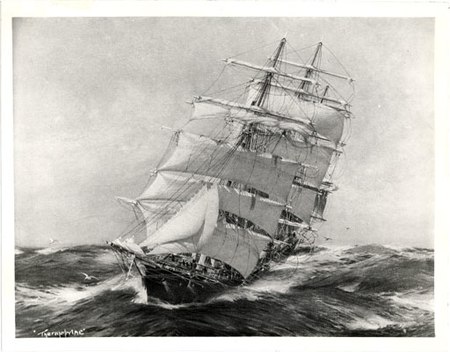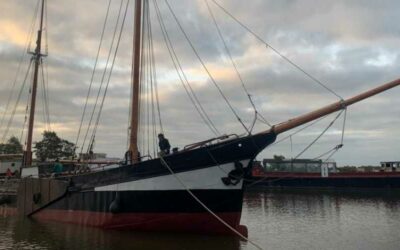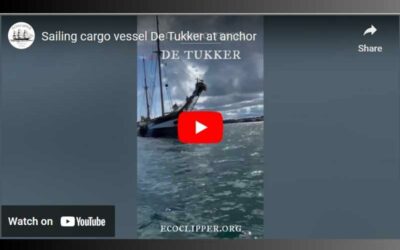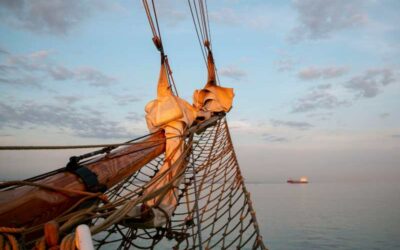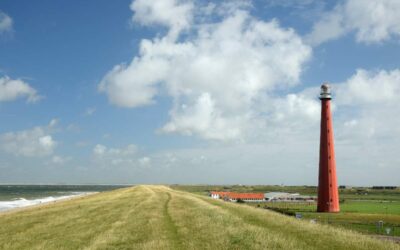One of the old master mariners of the grand windjammers firm of Leisz, Capt. Heinrich Nissen. Formulated the rules to sail a big or small squarerigger to windward.
They are universal, and are still used on the few squareriggers, sailing to windward without engine assistance.
They are the following:
1. SAILS
Always carry the right amount of sail to guarantee optimal propulsion. At times this can mean pushing our vessel hard, and keeping as much sail on her as possible. It might also mean taking advantage of a favorable current or tide on one of the tacks, and reduce speed accordingly.
2. TIDE
Decide, usually with a current or tide against you, if you want to keep speed, and do not pull your sheets to tight. Or, sometimes with a favorable current and tide, if you want to pinch as close to the wind as possible, to keep the advantage for a longer time.
3. TACK
Always put your ship on the tack which is most advantageous to reach your destination. This destination might be the final destination, or especially on longer or coastal voyages, a point where you want to be to make the most of an expected weather or tidal change.
“Just before sunrise we tacked and in a few hours we will tack again, closely applying the rules of the trade…” capt. Jorne Langelaan , master of Tres Hombres ship, 2018
